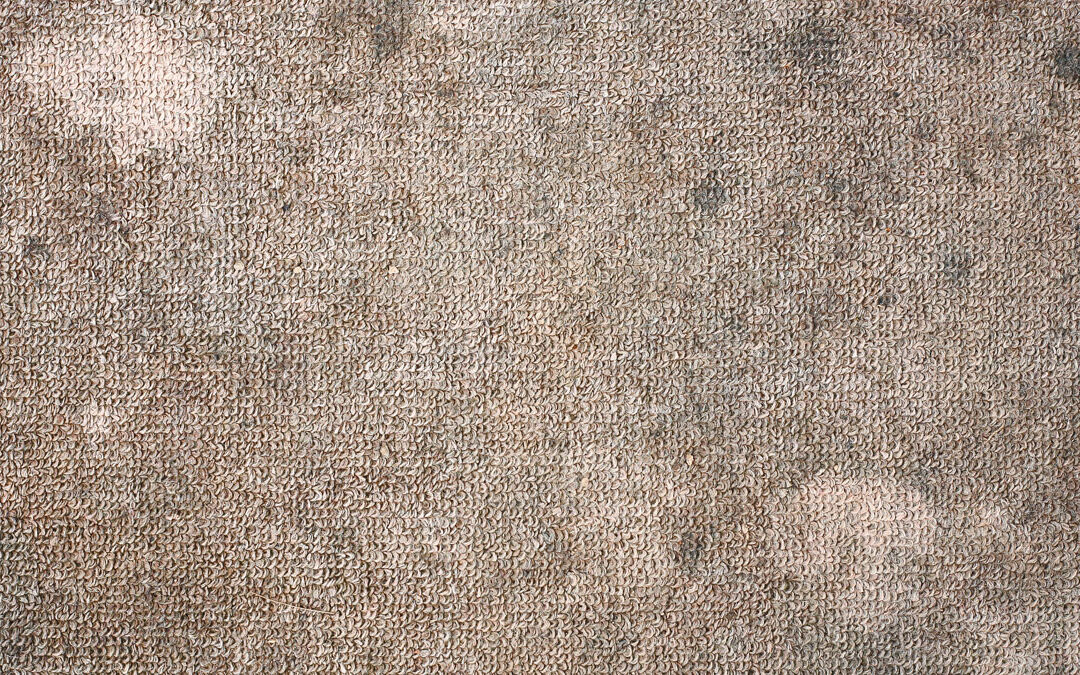Carpets are a popular choice for flooring in many homes and businesses due to their comfort and aesthetic appeal. However, they can also be a breeding ground for mold if not properly maintained. Implementing a mold prevention checklist for carpets is crucial for ensuring a healthy environment in your living or working space. In this article, we will provide you with comprehensive tips and strategies to keep your carpets mold-free.

Understanding Mold and Its Impact
Mold is a type of fungus that thrives in damp and humid conditions. It can cause a variety of health issues, including allergies, respiratory problems, and skin irritation. Mold can also damage your carpets, leading to unpleasant odors and structural deterioration. By understanding the impact of mold, you can appreciate the importance of prevention.
Why Carpets Are Prone to Mold Growth
Carpets are particularly susceptible to mold growth due to their ability to trap moisture and organic materials, such as dirt and dust. These conditions create an ideal environment for mold to thrive. Additionally, carpets in areas with poor ventilation or high humidity are at a greater risk of mold infestation.
Factors Contributing to Carpet Mold
- High humidity levels
- Spills and leaks that are not promptly cleaned
- Poor ventilation
- Use of non-mold-resistant padding
Creating a Mold Prevention Checklist for Carpets
Developing a mold prevention checklist is essential for maintaining the longevity and cleanliness of your carpets. Here are some key steps to include:
Regular Carpet Cleaning
Regular cleaning is vital for preventing mold growth. Vacuum your carpets at least once a week to remove dirt and dust. Consider professional cleaning services periodically to ensure deep cleaning. For more tips on effective cleaning, visit dry carpet cleaning.
Control Humidity Levels
Maintaining optimal humidity levels in your home or office is crucial. Use a dehumidifier to keep humidity below 60%. For more insights on ideal humidity levels, refer to humidity levels.
Promptly Address Spills and Leaks
Immediately clean up any spills or leaks to prevent moisture from seeping into the carpet fibers. Use absorbent materials and fans to dry the area thoroughly.
Use Mold-Resistant Carpet Padding
Invest in mold-resistant carpet padding to reduce the risk of mold growth. This type of padding is designed to resist moisture and inhibit mold development. For more information, check mold-resistant padding.
Improving Ventilation
Ensure proper ventilation in rooms with carpets. Open windows and use fans to improve air circulation. This helps in reducing moisture levels and preventing mold growth.
Regular Inspections
Conduct regular inspections of your carpets and the areas underneath them. Look for signs of mold, such as discoloration, musty odors, or visible mold growth. Early detection allows for timely intervention.
Professional Mold Remediation Services
If you suspect or detect mold, consider hiring professional mold remediation services. Experts can assess the situation and provide effective solutions to eliminate mold.
Choosing the Right Carpet Materials
When selecting carpets, opt for materials that are less prone to mold growth. Synthetic fibers like nylon and polyester are less absorbent and more resistant to mold than natural fibers.

FAQs
How can I tell if my carpet has mold?
Signs of mold in carpets include discoloration, musty odors, and visible mold growth. If you notice any of these signs, it’s important to take action immediately.
Can I prevent mold by using area rugs?
Area rugs can help by providing a barrier between the floor and the carpet. However, it’s important to ensure the area rug is clean and dry to prevent mold growth.
Is professional cleaning necessary for mold prevention?
While regular cleaning can help, professional cleaning services provide a deeper clean that can more effectively prevent mold growth. It’s recommended to have carpets professionally cleaned at least once a year.
For more detailed information on treating and preventing carpet mold, visit Vital Oxide.
By following these guidelines and regularly updating your mold prevention checklist for carpets, you can maintain a clean and healthy environment in your home or business.
This article contains affiliate links. We may earn a commission at no extra cost to you.


